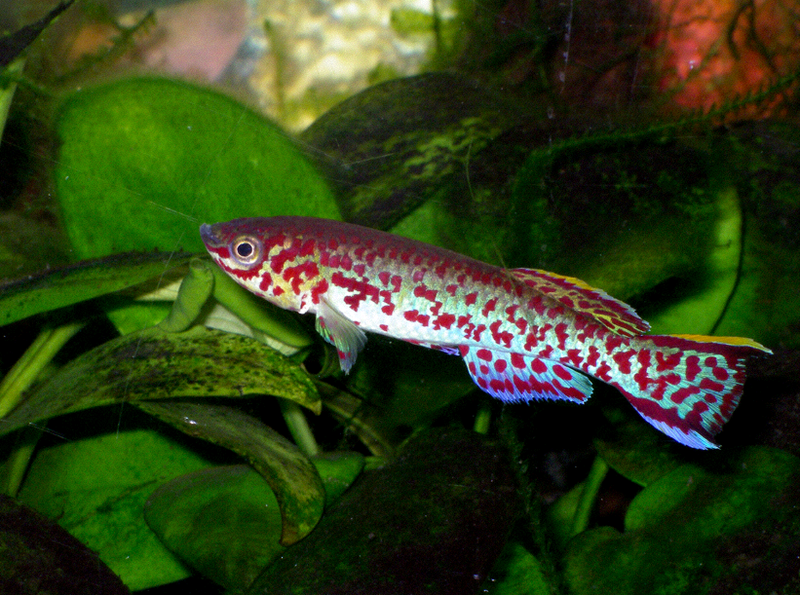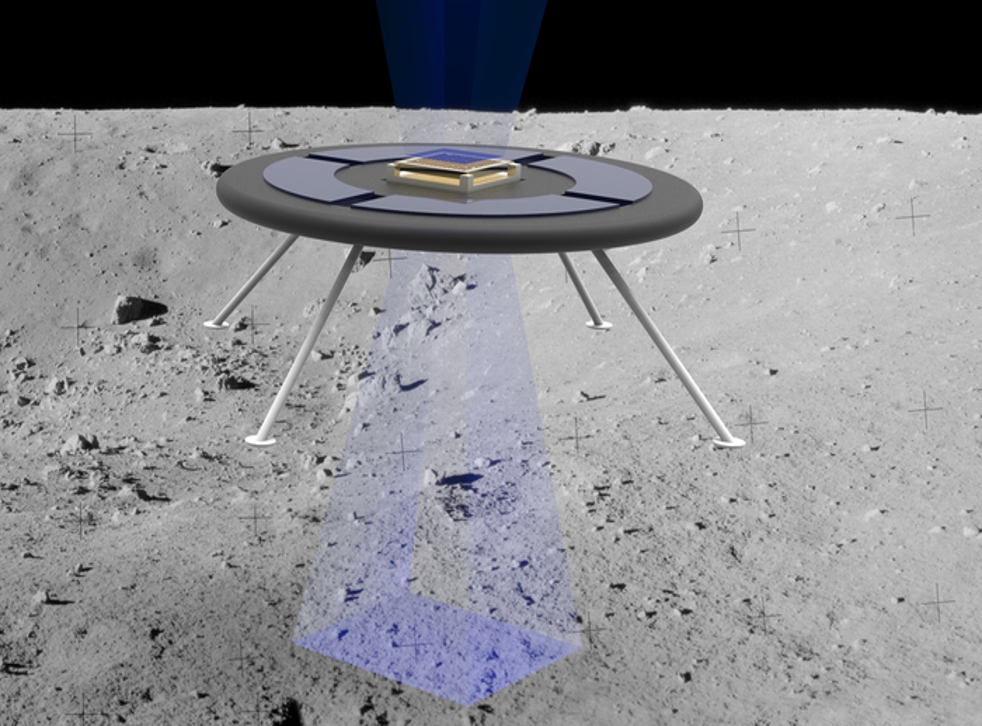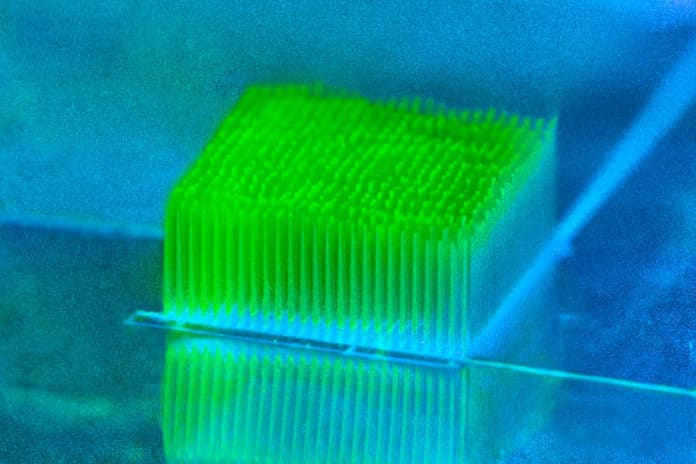A New Era in Regenerative Medicine
Imagine a future where broken bones heal faster and stronger, without relying on traditional surgical implants. This future may be closer than you think, thanks to groundbreaking research in regenerative medicine. Scientists are now exploring the potential of using blood-derived materials to create implantable scaffolds that stimulate bone regeneration.
Professor Álvaro Mata, who led the study, explained: “This ‘biocooperative’ approach opens opportunities to develop regenerative materials by harnessing and enhancing mechanisms of the natural healing process.” He further added: “Here, we have taken an approach to try to work with biology instead of recreating it.”
How Does It Work?
Blood, often overlooked as a simple fluid, contains a wealth of biological components that can be harnessed for therapeutic purposes. One such component is fibrin, a protein involved in blood clotting. By isolating fibrin from blood plasma as well as processing it into a scaffold-like structure, researchers can create a biocompatible material that mimics the extracellular matrix—the natural environment of cells.
When implanted into a bone defect, these fibrin-based scaffolds provide an ideal environment for bone cells to proliferate and differentiate. The scaffold acts as a temporary support structure, guiding bone growth while eventually being replaced by new, healthy bone tissue.
The Promise of Accessibility
Moreover, this approach could revolutionize regenerative medicine by making treatment more accessible. Dr. Cosimo Ligorio, a co-author of the study, highlighted the innovation’s potential: “The possibility to easily and safely turn people’s blood into highly regenerative implants is really exciting. Blood is practically free and can be easily obtained from patients in relatively high volumes. Our aim is to establish a toolkit that could be easily accessed and used within a clinical setting to rapidly and safely transform patients’ blood into rich, accessible, and tunable regenerative implants.”







